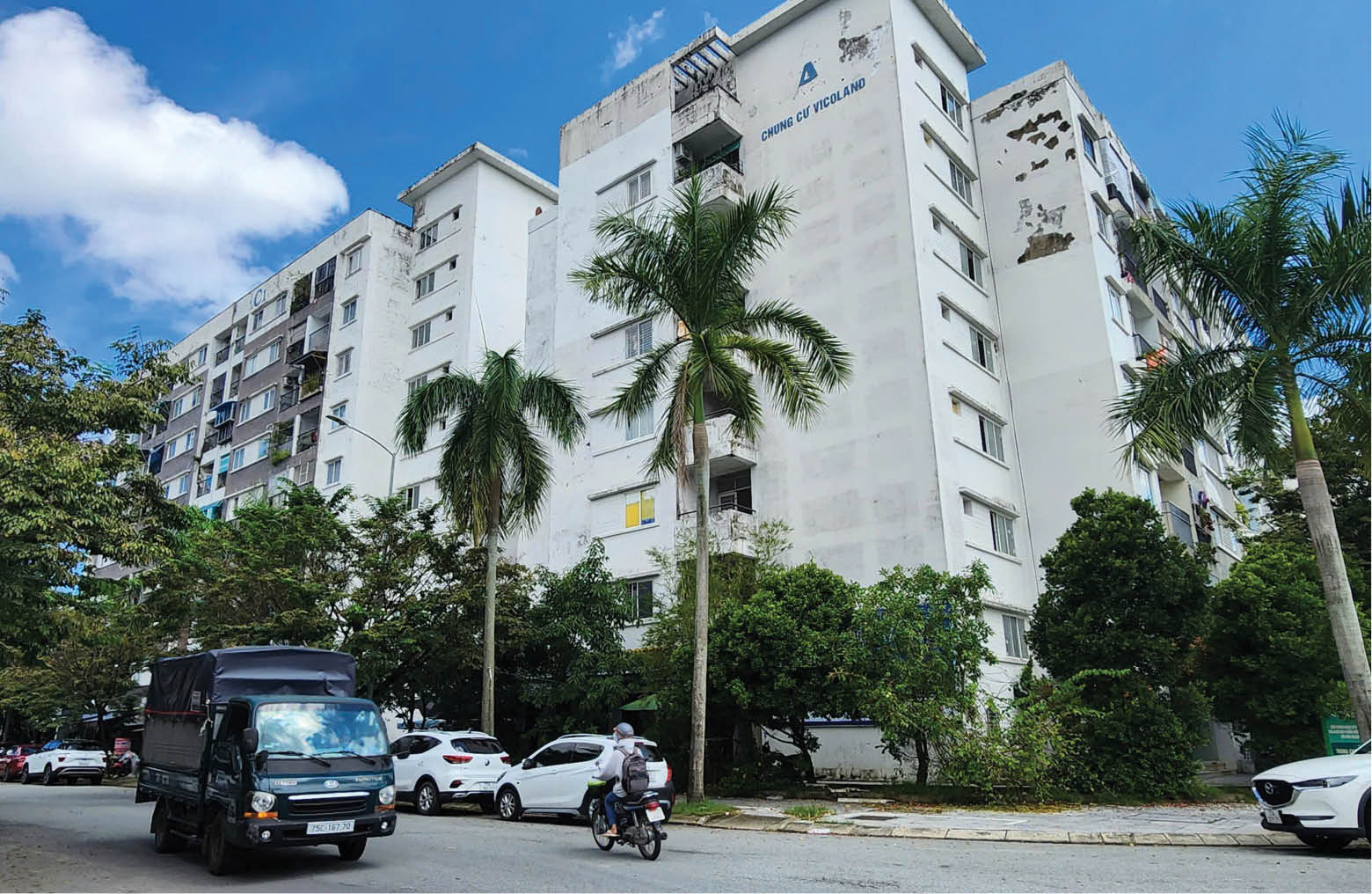 |
| Social housing projects still do not meet people's needs. |
“Sharing the burden” to unlock resources
In fact, although the Housing Law and decrees have provided many incentives, social housing is still not really attractive to investors. Enterprises have to bear the costs of compensation, site clearance, and investment in all technical infrastructure; while access to preferential capital sources is limited. High investment costs make selling prices and rental prices far beyond the affordability of low-income people.
Currently, the city has 5 completed social housing projects put into use, such as: Bai Dau apartment building, Vicoland, Xuan Phu, Aranya and XH3 Cotana block, with a total floor area of about 231,000m², meeting very small housing needs. In that context, the Hue City People's Council passed resolutions (NQ) at the recent 26th Special Session, which is considered an important step, creating a solid legal corridor to remove bottlenecks in social housing development.
According to the People's Committee of Hue City, the Resolution regulating the support mechanism for implementing social housing investment projects is a step to concretize the provisions of the Housing Law 2023, allowing localities to issue their own support policies suitable to actual conditions. The goal is to attract investment, reduce costs and expand access to housing for low-income people, workers and laborers.
The new mechanism is built on a solid legal foundation. The Government 's draft laws and decrees pave the way for urban authorities to proactively issue support policies within their authority.
At the same time, the city also adjusted the Housing Development Program to 2030 (for the third time). The adjustment comes from major changes in planning and administrative boundaries after Hue became a centrally-run city. According to the new plan, by 2030, Hue strives to have 18.5 million square meters of housing floor space, raising the average living area to 33 square meters per person, of which nearly 2 million square meters is social housing. The land fund for social housing development is more than 698 hectares.
Notably, the new program reduces the minimum housing floor area from 12m² to 8m²/person, in line with the 2023 Housing Law and closer to real life. This is not just a technical number but a flexible adjustment, expanding housing opportunities for low-income people and encouraging the development of small, cost-saving apartment models.
Ensuring transparency and efficiency
The Urban Committee of the City People's Council believes that the City People's Committee has proactively built a separate mechanism for social housing, in line with the role of the central urban government, and at the same time is a step to concretize current laws to attract investment resources in the social security sector. Accordingly, supporting technical infrastructure within the project fence is a "breakthrough" to help reduce investment costs, lower selling prices, and expand housing ownership opportunities for low-income people.
The Urban Committee proposed to clarify the criteria, conditions, and support levels to avoid dispersion and unfairness; prioritize projects located in new urban areas, industrial zones, or areas with high actual demand, especially the area south of the Huong River and suburban areas where industry and services are developing. The Committee also emphasized the responsibility of investors after receiving support, especially completing infrastructure, handing over the project to the government for management, and ensuring the quality of the project.
Regarding the Housing Development Program of Hue City to 2030 (3rd adjustment), the Urban Committee of the City People's Council noted the need to ensure balance between segments, not focusing too much on the central area but prioritizing areas with clean land funds and synchronous infrastructure. The Committee also emphasized the factor of quality of living space: Social housing projects must be closely linked to social infrastructure - schools, healthcare , and greenery to avoid the formation of "isolated social housing areas".
Experience from localities shows that when the government supports 30-50% of infrastructure costs and shortens administrative procedures, private capital flows into the social housing sector increase significantly. For Hue, the recently approved Resolutions are a powerful enough tool to "unleash" a sector that still has a lot of potential but has not been exploited to its full potential.
In his closing speech at the 26th Special Session, Party Central Committee member, Chairman of the People's Council, Head of the City National Assembly Delegation Le Truong Luu emphasized: The issuance of Resolutions on social housing this time "ensures compliance with legal regulations, high feasibility, close to reality, contributing to removing difficulties, promoting socio-economic development, improving people's lives and strengthening the effectiveness of state management in the area.
Hue City currently has nearly 100,000 workers working in industrial parks and service areas. When the support mechanism is implemented, Hue can encourage businesses to invest in worker accommodation, public housing, housing for armed forces, and at the same time expand affordable commercial housing projects. According to the plan, by 2030, the city will develop an additional 218,000m² of worker accommodation, 361,000m² of housing for armed forces and 6,400m² of public housing. The total capital mobilized for housing development in the 2021 - 2030 period is estimated at 179,600 billion VND, of which the 2026 - 2030 period is about 139,000 billion VND; of which social housing needs 21,000 billion VND. In addition to land and credit incentives, support for technical infrastructure costs will be a lever to help businesses feel secure in investing... |
Source: https://huengaynay.vn/kinh-te/tao-co-so-phap-ly-cho-phat-trien-nha-o-xa-hoi-159870.html




![[Photo] Unique art of painting Tuong masks](https://vphoto.vietnam.vn/thumb/1200x675/vietnam/resource/IMAGE/2025/11/14/1763094089301_ndo_br_1-jpg.webp)
![[Photo] Unique architecture of the deepest metro station in France](https://vphoto.vietnam.vn/thumb/1200x675/vietnam/resource/IMAGE/2025/11/14/1763107592365_ga-sau-nhat-nuoc-phap-duy-1-6403-jpg.webp)
![[Photo] Special class in Tra Linh](https://vphoto.vietnam.vn/thumb/1200x675/vietnam/resource/IMAGE/2025/11/14/1763078485441_ndo_br_lop-hoc-7-jpg.webp)







![[Infographic] Main development goals and targets for the 5-year period 2026-2030](https://vphoto.vietnam.vn/thumb/402x226/vietnam/resource/IMAGE/2025/11/13/1763013984385_cdn-nhandan-vn-images-22f099ca8bc7ae81aa2a8d3416a84bf8267bcc4f3a0ec01ee7b087ca4f1e19412ad321b4a75a62c5b1a9229f3bdfa20548b9382a8c3d1e37736b78a1be2bbad7-_1763006939481-1.jpeg)





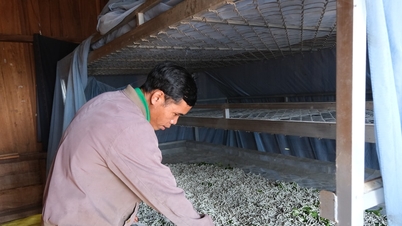




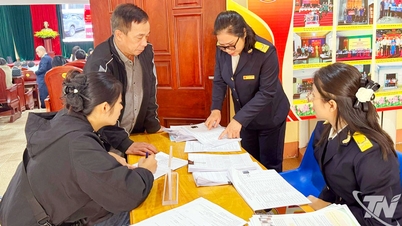








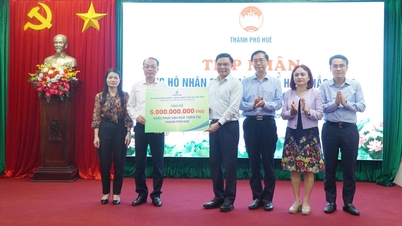

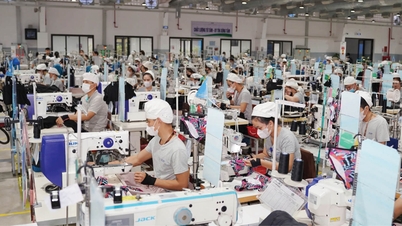

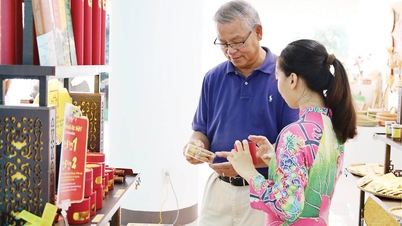








































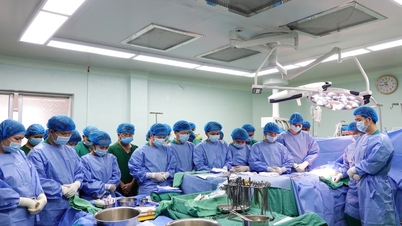

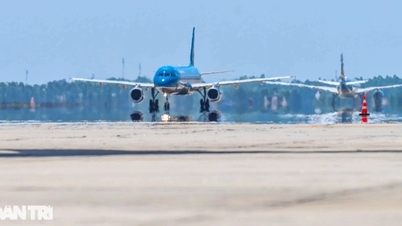

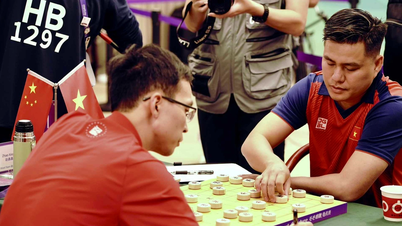






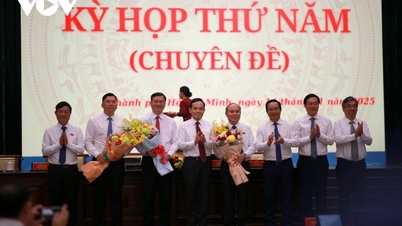


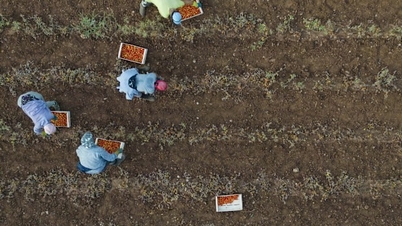




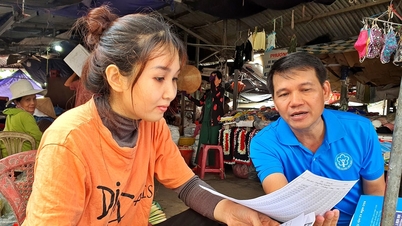


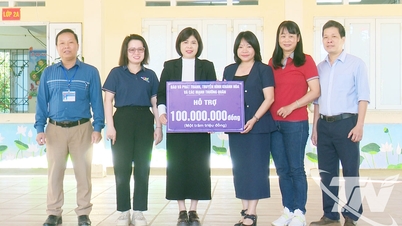

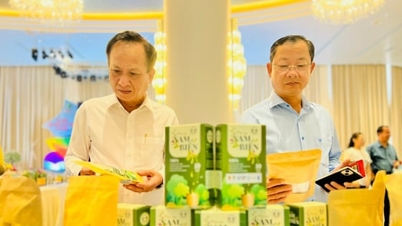









Comment (0)